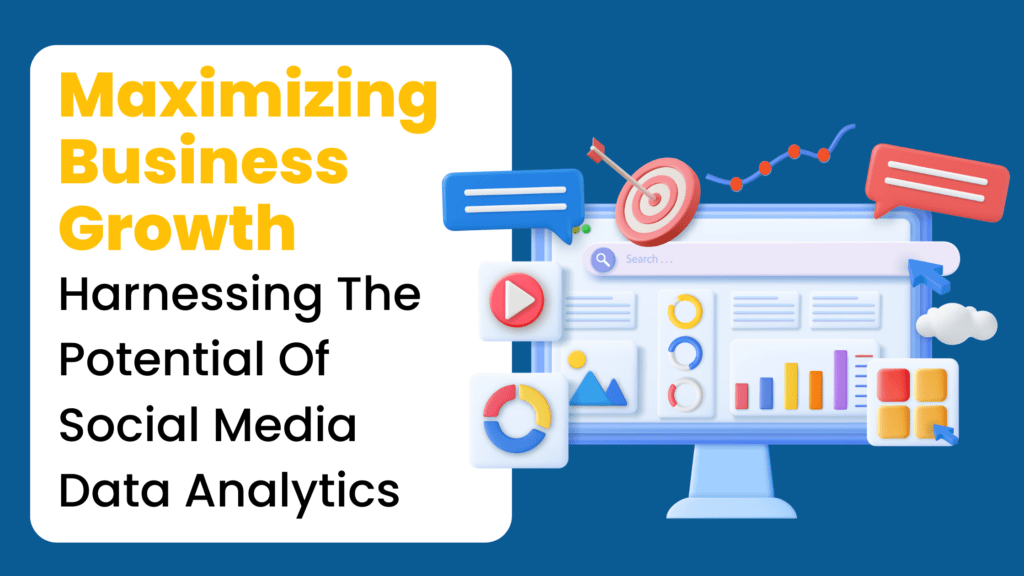Mr. John owned a retail store. His Instagram page, with thousands of followers, was constantly updated with pictures and videos of the latest products in his store. He, however, didn’t take the social media presence of his store seriously. He would be more than happy if a post received a few likes and comments, and that was it.
One day, his son suggested he use social media data analytics to gain insights and grow his business. Mr. John was initially skeptical, but after a discussion, he was convinced.
With the help of his son, he started using analytics to analyze his customers’ behaviors and preferences. After implementing a few changes based on data analysis, Mr. John noticed a significant increase in his business. His online and offline sales grew by nearly 90% each. He was so impressed with the results that he continued using social media analytics to improve his business.
If you, too, have a business, using social media analytics can help you grow it in several ways. Wondering how? Let’s find out.
What Is Social Media Data Analytics?
Social media data analytics refers to the process of collecting, analyzing, and interpreting data from social media platforms to make informed business decisions. It involves extracting and examining data related to user demographics, preferences, behaviors, and trends. Businesses can choose to gather data from a range of sources, including public posts, comments, mentions, and reviews. Plus, they can choose to monitor one or more social media platforms, such as Facebook, Instagram, Twitter, LinkedIn, and YouTube, based on where their target audience is most active. In addition to gathering and analyzing data related to their marketing and campaigns, businesses can also use social media analytics to monitor their competitors’ activities. By doing so, they can decode their competitors’ strategies and discover new opportunities to reach their target audience. We are here to tell you everything you need to know about the analytics of social data to help you form an in-depth perspective.Why Measure Social Media Data Analytics?
Measuring social media data analytics comes with several benefits as it’s crucial for businesses to read the minds of their audience, optimize marketing strategies, and make crucial decisions. By analyzing metrics such as engagement, brand sentiment, and customer feedback, companies can understand their audience’s preferences, track brand perception, identify influencers, and stay competitive. Additionally, other advantages of social media data analytics are that it help improve customer experiences, optimize advertising efforts, and adapt to emerging trends. This data-driven approach enables businesses to enhance their social media presence, increase customer satisfaction, and obtain meaningful results in the ever-evolving landscape of social media.Metrics to Be Tracked With Social Media Analytics
Using social media analytics, companies can track key metrics that can help them understand the impact of their campaigns and optimize strategies based on what resonates most with their target audiences. The key metrics include: Performance Metrics The performance metrics measure the performance of content, campaigns, and channels. These include:- Analyzing how the audience interacts with the content posted on various platforms and ensuring it is engaging enough.
- To ensure progress consistency across platforms, verify if the number of followers is increasing over time.
- The click-through rate on post links to determine if they are effectively directing traffic from social media channels.
- Cost per click or cost per impression to determine how effective our advertisements are in terms of driving traffic to the website or other external landing pages.
- Analyze how many users are converting from seeing the ad to taking action.
- Compare the cost of different ad formats, such as text ads versus video ads.
- Measure the ROI of campaigns to determine which ones are most effective

